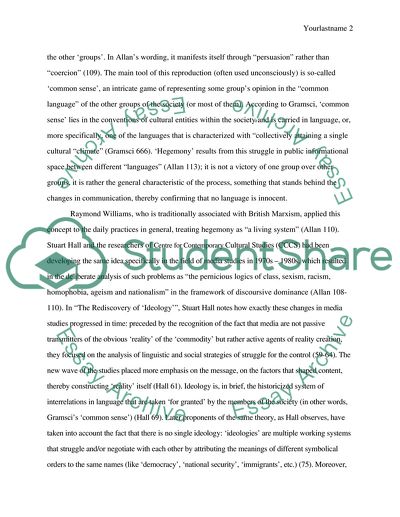Cite this document
(“2.Outline and analyse the concept of ideological hegemony. Employ the Essay”, n.d.)
Retrieved de https://studentshare.org/journalism-communication/1606889-2outline-and-analyse-the-concept-of-ideological-hegemony-employ-the-concept-in-analysis-of-a-piece-of-text
Retrieved de https://studentshare.org/journalism-communication/1606889-2outline-and-analyse-the-concept-of-ideological-hegemony-employ-the-concept-in-analysis-of-a-piece-of-text
(2.Outline and Analyse the Concept of Ideological Hegemony. Employ the Essay)
https://studentshare.org/journalism-communication/1606889-2outline-and-analyse-the-concept-of-ideological-hegemony-employ-the-concept-in-analysis-of-a-piece-of-text.
https://studentshare.org/journalism-communication/1606889-2outline-and-analyse-the-concept-of-ideological-hegemony-employ-the-concept-in-analysis-of-a-piece-of-text.
“2.Outline and Analyse the Concept of Ideological Hegemony. Employ the Essay”, n.d. https://studentshare.org/journalism-communication/1606889-2outline-and-analyse-the-concept-of-ideological-hegemony-employ-the-concept-in-analysis-of-a-piece-of-text.


